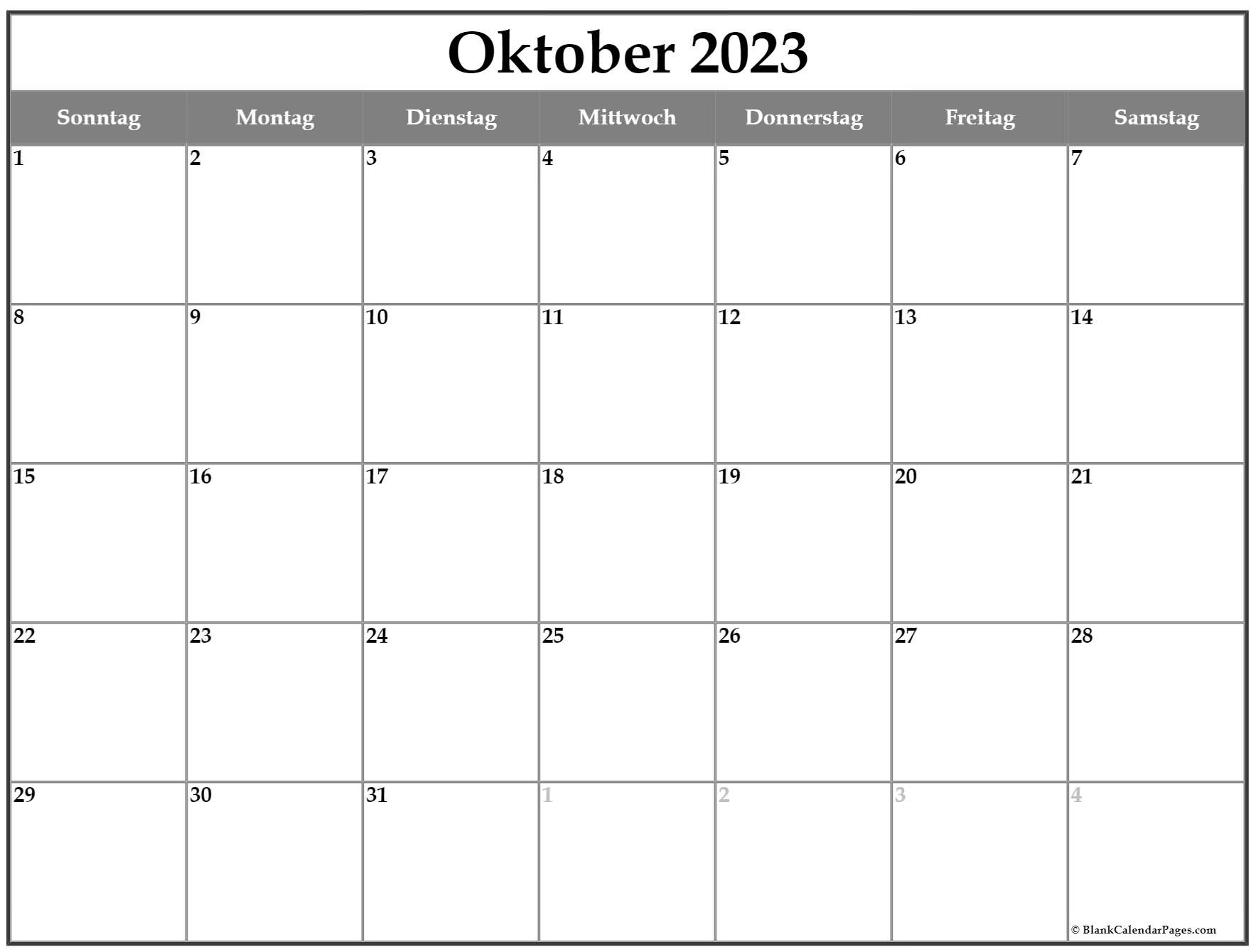

I recommend consuming your hiking calories as you burn them: gradually and consistently. I choose never to cook lunch and instead feast on a steady stream of snacks throughout the day whenever hunger hits. Since you’ll be on your feet hiking for much of the day, it’s a good idea to consume copious amounts of calorie-rich food between breakfast and dinner. Left to right: Greenbelly Spiced Caramel Apple bars (695 calories), KIND Peanut Butter granola (1,300 calories per package), Greenbelly Mango Cashew Coconut bars (665 calories), ProLab caffeine pills Backpacking Lunch Ideas It’s less work than brewing coffee, more affordable (8 cents a pill!), and gets me back on the trail faster. Though I love a hot cup of coffee as much as the next backpacker, I opt to take a caffeine pill to start the day instead. The Mango Cashew Coconut (665 calories) and Spiced Caramel Apple (695 calories) bars are my favorites.įlavored granola is another morning favorite of mine, mainly because it’s affordable, convenient, and quite delicious.
CAMPING MEAL PLANNER FULL
They’re full of healthy ingredients, keep you full for hours, and are damn tasty to boot. I typically start the day with a Greenbelly meal bar, which has triple the calories of a typical energy bar. Don’t frontload too many of your calories during breakfast, as you’ll always have the option to snack as you go throughout the day. The goal for breakfast should be to eat a light, nutrient-rich meal that gives you the energy to get moving but doesn’t weigh you down before a full day of backpacking. Once you’ve calculated how many daily calories you’ll need and you’ve put together a proper cooking setup, it’s time to plan a typical day’s food on the trail. Step 5: Meal Plan for Your Backpacking Trip Now, find your magic number and start building your best backpacking meal plan with it as your guide. From experience, I know this to be a healthy and accurate amount of food.

I weigh about 175 pounds, carry a 20-pound backpack (on average), hike for about six hours, and cover 15 miles of mixed terrain during a typical day on the trail.Īccording to the calculator, I should expect to burn around 3,000 calories per day. Instead of giving you a complicated equation to figure out a number on your own, I’d rather point you towards the calories burned hiking calculator. The amount of time you plan on hiking each day.Many factors go into finding that number. So, how can you predict the number of calories you’ll burn on a given day on the trail? The number of estimated calories your body will burn on a given day should be equal to the amount of calories you pack for that day. The ultimate goal is to consume the perfect amount of food as you hike and camp at correctly timed moments throughout the day. Savvy food management on the trail starts and ends with numbers. Life’s too short to be hungry on the trail. So, let me share all my best tips and ideas about putting together a lightweight, nutritious, and satisfying meal plan for your multi-day hiking trips. Putting together a solid backpacking meal plan was a game-changer for me, and it can make the same difference for you. I enjoy and savor each meal, my body gets all the nutrients it needs to thrive and recover, and I can pack enough food for a week of hiking. If I was going to start getting the most out of my backpacking trips, I needed to overhaul my relationship with the food I was bringing along.Īnd nowadays, my hiking trips go much differently.

My internal fuel tank was running on fumes, and I suffered as a result. My old approach usually involved jamming a hodgepodge assemblage of hiking food into my over-stuffed bag and hoping for the best.Įnsuing days on the trail were spent hiking around dull and nutritionless food, falling short on calories, and ending up hungry and exhausted. Past attempts at organizing my backpacking food and creating meal plans were always a bit reckless for me. Backpacking Food: Meal Plan Tips & Ideas for Your Next Hike


 0 kommentar(er)
0 kommentar(er)
